In the cutting-edge world, which is continuously changing, the transportation area is a brilliant illustration of development, association, and the production of previously unheard-of business possibilities. It helps in the development of labour and products, and in particular, individuals. Business visionaries who can recognize this and profit by it, have previously begun climbing the flight of stairs to progress. Productive transportation Business can be of many sorts, every one of them could sound similarly great, yet the advantages and disadvantages of each are catered towards various types of individuals.
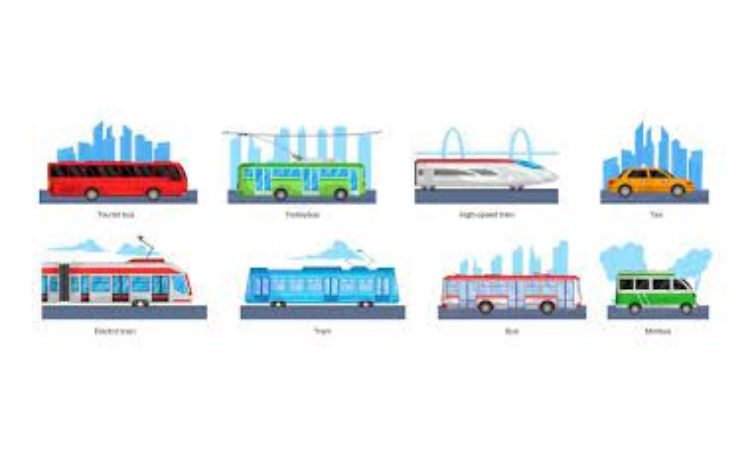
What is Public Transportation?
Public transportation is a fundamental and presumably the main part of current metropolitan life. It gives a fundamental and interconnected network that empowers individuals to move effectively and reasonably. As metropolitan populaces proceed to develop and the interest for effective and versatile answers for movement emerges, the requirement for public transportation turns into an unquestionable necessity in the urban communities as a whole,
- Shared Mobility: Transports, trains, metros, cable cars, and ships are instances of types of public transportation. Different types of public transportation incorporate metros and metro trains, as well as cable cars and boats. As a result of its cooperative person, the usage of assets is boosted, and there is less clog on the streets.
- Fixed Routes and Schedules: Public transit operates on fixed routes and schedules, allowing passengers to plan their journeys in advance. This predictability facilitates effective time management for daily commuters and occasional travellers alike.
- Accessibility: Public transportation intends to be comprehensive by giving available choices to people with incapacities. Highlights like inclines, lifts, and assigned spaces take special care of assorted portability needs.
The Top 10 Profitable Transportation Business Ideas:
1. Ride-Sharing Services:
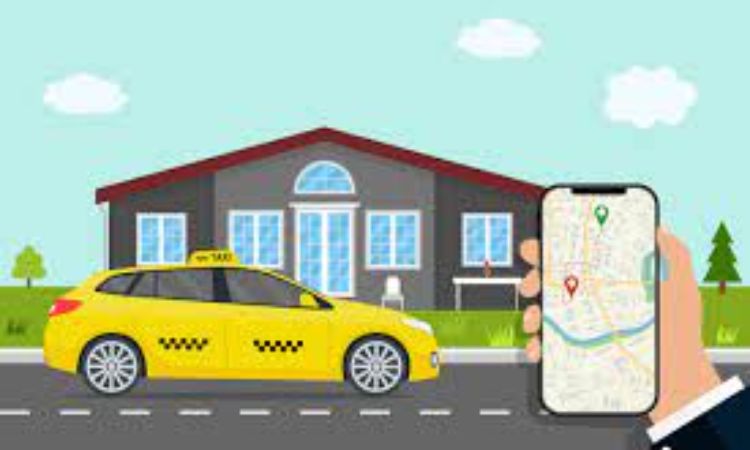
The idea of ride-sharing has reformed metropolitan transportation, offering a helpful, practical, and frequently more maintainable option in contrast to customary cabs. Business visionaries make advanced stages that associate drivers and riders through portable applications, upgrading courses, and encouraging asset sharing.
Profit Potential: The benefit capability of ride-sharing administrations lies in the commission procured per ride, flood valuing during top hours, and membership models. Be that as it may, starting advertising costs can be high to draw in the two drivers and travellers.
Pros:
Comfort: It offers travellers a simple method for finding rides rapidly.
Financially savvy: It is much of the time more reasonable than customary taxicabs
Adaptability: Drivers can likewise deal with their timetable, drawing in the part-time workers.
Cons:
Guidelines: They should consent to neighbourhood guidelines and authorization, which can be complicated.
Contest: The market is exceptionally serious, requiring remarkable offers.
Security Concerns: Guaranteeing traveller wellbeing and screening drivers is pivotal to the business.
Average Cost: Developing a ride-sharing application can cost somewhere in the range of $20,000 to $100,000, contingent upon elements and intricacy.
Ride-sharing has changed metropolitan driving by giving on-request transportation choices. It diminishes gridlock and fossil fuel byproducts while upgrading general transportation effectiveness.
2. Freight Brokerage:

The cargo business includes interfacing transporters and transporters, smoothing out freight transportation. Business visionaries make online stages that coordinate transportation needs with accessible transporters, streamlining planned operations and diminishing shortcomings. These administrations can likewise act as a delegate among transporters and transporters, which improves freight transportation and assists businesses with running all the more easily.
Profit Potential: Benefit is created through commissions on exchanges. In any case, fabricating an easy-to-understand stage, laying out industry connections, and showcasing the help can have related costs.
Pros:
Versatility: It can work on a public or even global scale.
Negligible Resources: Businesses don’t require an armada of trucks.
Overall revenues: Acquiring Commissions from the two transporters can be rewarding for individuals setting up.
Cons:
Cutthroat Competition: Laying out associations with transporters can be extremely testing.
Market Instability: The business can be impacted by financial vacillations.
Tech Speculation: Building an easy-to-use computerized stage requires starting the venture.
Average Cost: Setting up a cargo financing business can go from $10,000 to
$50,000. This incorporates thinking about stage advancement and introductory promotion.
3. Electric Scooter Rentals:
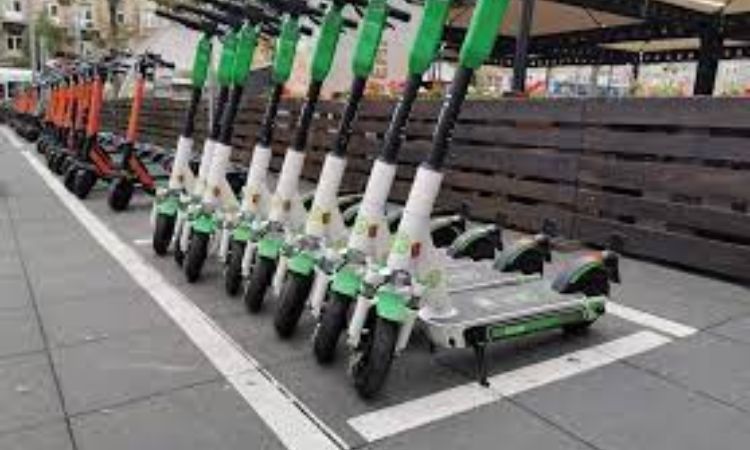
Electric scooters have become a popular and eco-friendly mode of transportation for short distances. Entrepreneurs deploy fleets of electric scooters in urban areas, allowing users to rent them via smartphone apps.
Profit Potential: Rental fees and usage charges are what bring in the money for this business. The costs include the acquisition of scooters, maintenance, the development of charging infrastructure, and the fulfilment of any applicable municipal restrictions.
Pros:
Environmentally Friendly: Protects the environment and encourages the use of environmentally responsible methods of urban transportation.
Low Operating Costs: Costs of Operation Are Reasonably Low Both the Charging and Maintenance Costs Are Reasonably Low.
Convenience: The use of applications makes it simple for riders to find available scooters and hire them.
Cons:
Regulatory Hurdles: Dealing with local legislation and obtaining the necessary licences may be a difficult and time-consuming process.
Maintenance: Upkeep is necessary on a regular basis to guarantee that scooters remain in satisfactory shape.
Vandalism and Theft: Scooters are vulnerable to being damaged by vandals and stolen because of their portability.
Average Cost: A typical investment to launch an electric scooter rental company is from fifty thousand to one hundred thousand dollars. This figure takes into account the costs of purchasing scooters, performing maintenance, and creating an app.
In densely populated places, the challenge of the “last mile” may be alleviated by the use of rental electric scooters. As a direct consequence of this, the efficiency of short journeys has improved, while the overall amount of traffic has reduced.
4. Medical Transportation Services:
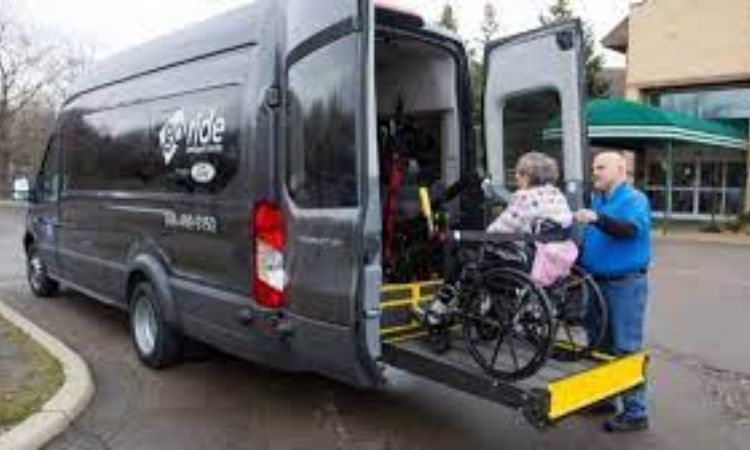
Individuals who need specialised transportation in order to attend medical appointments may take advantage of services known as non-emergency medical transportation (NEMT). Patients who have mobility issues now have access to travel choices that are both pleasant and safe, thanks to entrepreneurs.
Profit Potential: One of the sources of income is the reimbursements received from various medical programmes and insurance policies. The training of employees, the purchase of vehicles that are specifically outfitted for medical emergencies, and the fulfilment of regulatory requirements all entail extra expenses.
Pros:
Popularity: NEMT administrations take special care of a maturing populace and people with incapacities.
Consistent Pay: Frequently repaid by protection or clinical projects.
Social Effect: Offers fundamental support to those out of luck
Cons:
Administrative Consistency: It is vital to Meet medical care guidelines.
Vehicle Necessities: Guaranteeing vehicles are prepared for clinical transportation can be expensive.
Responsibility Concerns: It is fundamental to guarantee patient security.
Average Cost: When taking into consideration the cost of vehicle modifications, personnel training, and regulatory compliance, the initial investment needed to launch a medical transportation service may vary from $50,000 to $200,000.
5. Autonomous Vehicle Fleets:
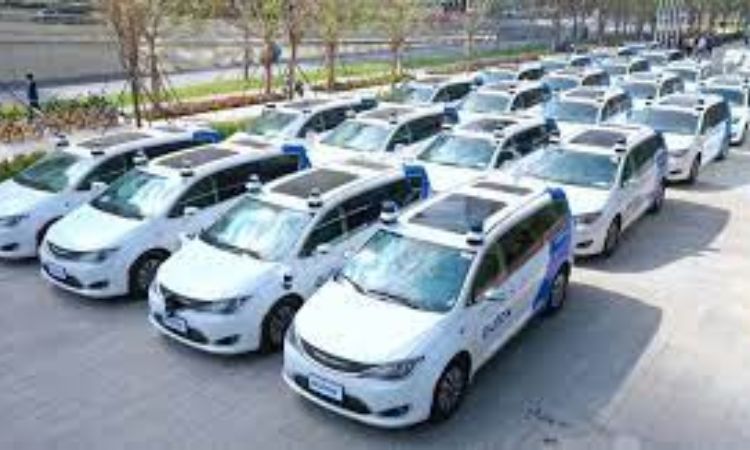
The advent of autonomous cars might herald a new era in transportation, one that is marked by higher productivity, decreased rates of vehicle accidents, and less reliance on human labour. Entrepreneurs have the opportunity to make investments in fleets of autonomous vehicles for use in a variety of contexts.
Profit Potential: The decrease in labour expenses and the rise in utilisation both contribute to an enhanced likelihood of long-term profitability. However, the initial expenditure is large because of the development of new technology, the procurement of vehicles, and the fulfilment of regulatory requirements.
Pros:
Interruption Potential: Independent vehicles could reshape the transportation business.
Proficiency: Decreased work costs and expanded usage can prompt the need to reserve funds.
Security: Independent vehicles can possibly diminish mishaps brought about by human error.
Cons:
Administrative Difficulties: Complying with complex guidelines is an obstacle for independent vehicles.
Specialised Obstacles: Creating and keeping up with solid self-driving innovation is testing.
Public Acknowledgment: Persuading the general population to believe in independent vehicles is a continuous test.
Average Cost: It is possible that starting a business that operates a fleet of autonomous vehicles would result in costs running into the tens or hundreds of millions of dollars. These costs include the purchase of automobiles, the creation of software, and the testing of the many safety features that are incorporated into the automobiles.
6. Airport Shuttle Services:
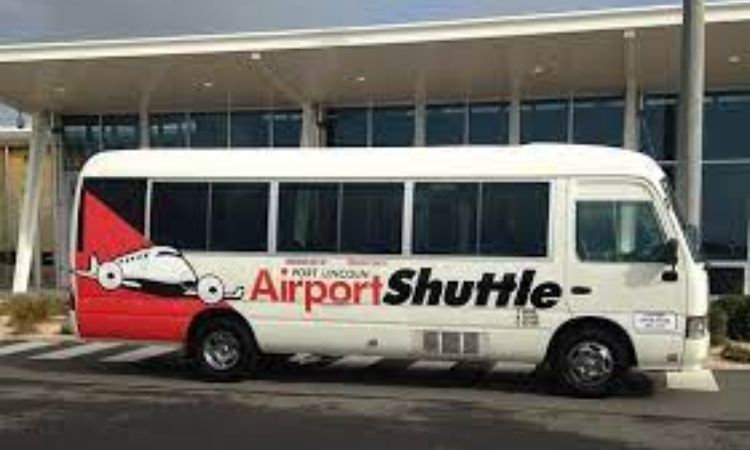
Airport shuttle services serve this demand by offering easy transportation between airports and other regions. Passengers have a want for dependable forms of public transit, and airport shuttle services provide this requirement.
Potential Profit: The consistent demand created by airline passengers ensures that there will always be a continuous stream of customers. Keeping up with airport regulations, purchasing petrol, and maintaining vehicle upkeep are all examples of costs that come into play.
Pros:
Consistent Interest: Air travel guarantees a steady requirement for transport administrations.
The travel industry Open doors: exposing explorers to neighbourhood objections can draw in vacationers.
Productivity: Transport administrations can diminish blockages around air terminals.
Cons:
Guidelines: Air terminals have severe guidelines that bus administrations should comply with.
Competitions: Air terminals may, as of now, have laid out transport administrations.
Traffic: Working in high-traffic regions can be challenging.
Average Cost: When you include in the expense of buying vehicles, paying for maintenance, and advertising, beginning an airport shuttle business may easily set you back between $100,000 and $300,000.
7. Bicycle Delivery Services:

Traditional distribution techniques, which may contribute to traffic congestion and have a negative impact on the environment, may be replaced with more environmentally friendly and mobile alternatives, such as those that make use of alternative delivery methods, such as those that make use of bicycles. It’s possible that traditional means of distribution have a detrimental impact on the economy as well.
Profit Potential: The comparatively low level of running expenses is contributed to by the low quantity of fuel consumed in addition to the small amount of maintenance that is required. The purchase of bicycles and equipment for riders, in addition to the creation of an application, are all expenses that are included among the many others.
Pros:
Manageability: Bike conveyances add to eco-accommodating metropolitan transportation.
Cost-Productive: Lower working expenses contrasted with mechanized vehicles.
Medical advantages: Advances actual work among messengers.
Cons:
Restricted Reach: Bikes are reasonable for brief distances, as it were.
Climate Reliance: Nasty weather conditions can affect conveyance effectiveness.
Metropolitan Preparation: Urban areas should be outfitted with bicycle paths and foundations.
Average Cost: It is estimated that the initial outlay necessary to launch a bicycle delivery business might vary anywhere from $5,000 to $20,000, depending on factors such as the price of the bicycles, the cost of the safety clothing, and the cost of developing the software.
8. Pet Transportation:

The worries of pet owners, who want to ensure that their cherished animals have a pleasant and safe journey, inspired the emergence of transport services that are particularly suited to the requirements of pets. These services include kennels, carriers, and other accommodations that are designed to keep animals comfortable and secure. These services provide dogs with cages, carriers, and other amenities meant to keep them secure and comfortable while they are being transported from one location to another.
Profit Potential: The rise in the number of homes that have pets has resulted in an increase in the demand for transportation services that are specifically designed for animals. Extra expenses are incurred when vehicles need to be modified, staff need extra training, and regulations regulating animal care must be adhered to.
Pros:
Speciality Market: Taking care of pets offers specific help.
Development Potential: Pet possession is on the rise, spurring interest.
Profound Worth: Giving a protected transportation choice to darling pets.
Cons:
Coordinated operations: Taking care of pets requires legitimate preparation and gear.
Wellbeing and Security: Guaranteeing pets’ prosperity during transportation is urgent.
Guidelines: Consistency with government assistance guidelines is fundamental.
Average Costs: Depending on the specifics of the business model chosen, the initial investment required to launch a pet transportation service might run anywhere from $30,000 to $100,000. These expenses include a variety of items, including the modification of vehicles, marketing, and the training of employees.
9. Limousine and chauffeur Services:

Because limousines and chauffeur services provide the highest level of luxury that can be physically achieved, both in terms of comfort and appearance, they are well suited for usage in connection with formal events and the transportation needs connected with business trips. This is because these services provide the utmost degree of luxury that is physically achievable. This is due to the very high degree of luxury that they give to their customers.
Profit Potential: The ability of businesses to maintain healthy profit margins in their operations is made possible by the practice of charging a premium for luxury transportation services and receiving the extra money that this results in. On the other hand, the costs include things like the purchase of high-end automobiles, the maintenance and repair of such automobiles, the hiring of experienced drivers, and marketing.
Pros:
Premium Estimating: Extravagance transportation orders higher expenses.
Unique Events: Frequently recruited for weddings, proms, and celebrity occasions.
Brand Picture: Laying out a stand for extravagance and impressive skill.
Cons:
Introductory Speculation: Buying and keeping up with extravagant vehicles is expensive.
Contest: The extravagant transportation market can be cutthroat.
Functional Expenses: Very good quality vehicles require cautious support.
Average Cost: The initial investment required to begin operating a limousine service could range anywhere from $50,000 to $300,000, depending on a variety of factors such as the purchase price of the vehicles, the ongoing cost of maintenance, and the promotional endeavours that are required to get the business off the ground.
10. Food Delivery Logistics:
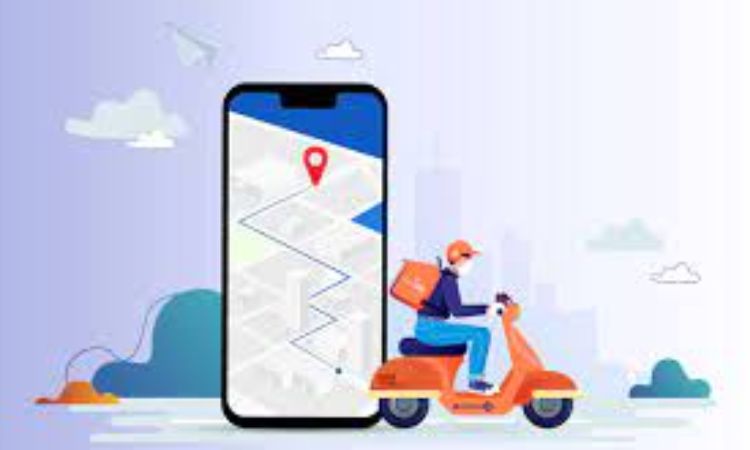
The proliferation of online platforms that provide food delivery services has resulted in an increase in the need for food delivery logistics that are both effective and efficient. As a result of the expansion of online platforms, there has been a rise in the demand for this product.
Profit Potential: The proliferation of online platforms that provide food delivery services has resulted in a rise in the need for logistics for food delivery that are both effective and efficient. As a direct response to this demand, there has been a rise in the number of businesses that provide these kinds of logistical services. This need is a direct result of the explosion of online markets that provide delivery services for food, and the development of such marketplaces is directly responsible for the rise of this requirement. There has been an increase in the number of orders placed for this specific product as a direct and immediate effect of the expansion of online platforms. This growth has led to increased demand for the product.
Pros:
Developing Interest: Online food conveyance is on the rise.
Different Income Streams: Procuring from Eateries and Clients
Comfort: Giving a smoothed-out conveyance interaction to purchasers.
Cons:
Rivalry: Numerous players are in the food conveyance space.
Quality Affirmation: Guaranteeing food shows up in great shape is vital.
Guidelines: It is fundamental to Comply with sanitation guidelines.
Average Cost: The start-up expenses for a food delivery logistics company might run anywhere from $20,000 to $50,000, depending on the specifics of the business. A portion of these expenditures goes into things like marketing, maintaining the trucks, and developing software.
Public Transportation and its Importance:
Public transportation is a fundamental part of the metropolitan foundation and furthermore of individuals living inside it. It offers a pivotal help framework for individuals, who become vulnerable without it. Public vehicle makes travel inside a city quicker and smoother, they give different types of transport to look over contingent upon how far the area is from us. Transports, trains, metros, cable cars, and an assortment of other public transportation decisions are remembered for these choices. As an immediate outcome of this, kids can explore their current circumstances in a speedy and straightforward way consistently. Using the administration of a public vehicle framework offers different benefits, some of which are as per the following:
- Reduced Traffic Congestion: One of the various benefits that emerge from an expansion in the use of public vehicles is a decline in the degree of gridlock.
- Environmental Impact: It contributes to the reduction of fossil fuel byproducts, which, thus, advances supportability and makes the air cleaner.
- Affordability: When compared to the ownership of a private car, making use of available public transportation options may often result in cheaper total expenditures.
- Accessibility: It assures that those who do not have access to automobiles or who have trouble moving about will have access to a variety of alternatives for public transit. These people may struggle with mobility.
- Community Connectivity: Public transportation upgrades social networks by giving simple access to schools, working environments, retail outlets, and social objections. It cultivates a sense of locality by interfacing with different areas.
- Conservation of Resources: By empowering shared portability, public transportation preserves energy and limits the requirement for extra street framework. This results in decreased land utilisation and a more proficient utilisation of metropolitan space.
Benefits Of Public Transportation:
- Reduction of Congestion: By enabling shared mobility, public transportation saves energy and limits the necessity for additional road systems. This results in diminished land use and a more capable use of metropolitan space.
- Improving the Air Quality: With fewer vehicles out and about, public transportation contributes to further developing the air quality and decreasing air contamination. This has positive ramifications for general well-being and the climate.
- Growth of the Economy: Proficient public transportation frameworks invigorate neighbourhood economies by expanding admission to organisations and open positions. They draw in speculation and advance a metropolitan turn of events.
- Better Energy Efficiency: Public travel modes, like buses and trains, are by and large more energy-productive per traveller mile than individual vehicles. This helps moderate important energy assets.
Conclusion:
Public transportation remains as an indispensable string winding through the texture of metropolitan life. Its complex advantages stretch out past simple portability, impacting factors going from natural well-being to monetary imperativeness. As urban areas proceed to advance and extend, the job of public travel turns out to be progressively critical. By putting resources into effective, available, and maintainable transportation organizations, social orders can address gridlock, advance ecological stewardship, and make very much associated networks that flourish in the cutting-edge metropolitan scene.















